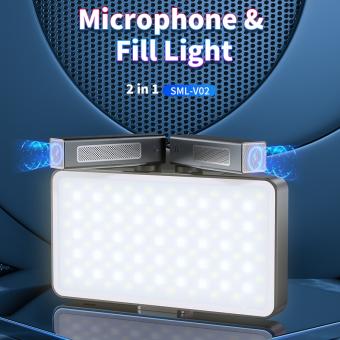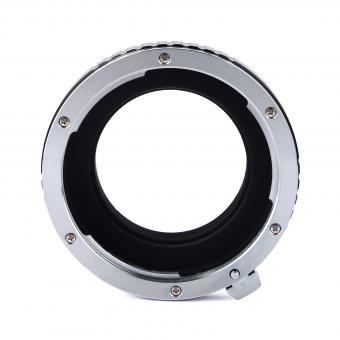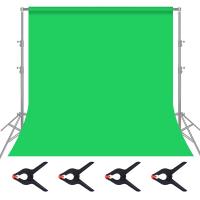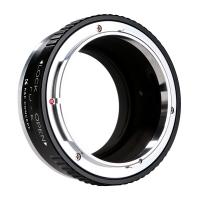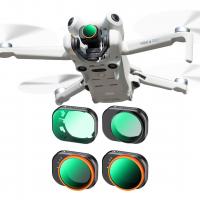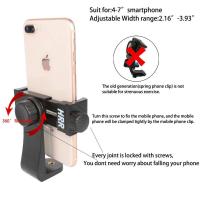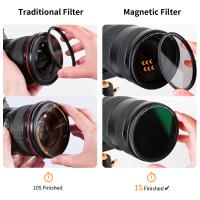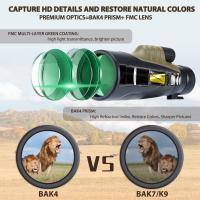What Size Telescope To See Saturn Rings ?
To see the rings of Saturn, a telescope with an aperture of at least 2.4 inches (60mm) is recommended. However, a larger aperture will provide a clearer and more detailed view of the rings. A telescope with a magnification of at least 25x is also recommended to see the rings clearly. It is important to note that the viewing conditions, such as the clarity of the atmosphere and the brightness of the planet, can also affect the visibility of the rings. Therefore, it is recommended to observe Saturn when it is at its closest approach to Earth and when the sky is clear and free of light pollution.
1、 Aperture size
The size of the telescope required to see Saturn's rings depends on various factors, including the atmospheric conditions, the observer's experience, and the telescope's aperture size. Aperture size is the most crucial factor in determining the telescope's ability to gather light and resolve fine details.
Saturn's rings are visible through a telescope with an aperture size of at least 2.4 inches (60mm). However, to see the rings' finer details, a larger aperture size is recommended. A telescope with an aperture size of 6 inches (150mm) or more is ideal for observing Saturn's rings. With a larger aperture, the telescope can gather more light, providing a brighter and clearer image of the planet and its rings.
It is worth noting that the atmospheric conditions play a significant role in the quality of the image. Even with a large aperture telescope, the image can be distorted by atmospheric turbulence, making it difficult to see the finer details of Saturn's rings. Therefore, it is recommended to observe Saturn when the atmosphere is stable, such as during a clear and calm night.
In conclusion, a telescope with an aperture size of at least 2.4 inches (60mm) is required to see Saturn's rings. However, a larger aperture size of 6 inches (150mm) or more is recommended to observe the finer details of the planet and its rings. The atmospheric conditions also play a crucial role in the quality of the image, and it is recommended to observe Saturn during stable atmospheric conditions.
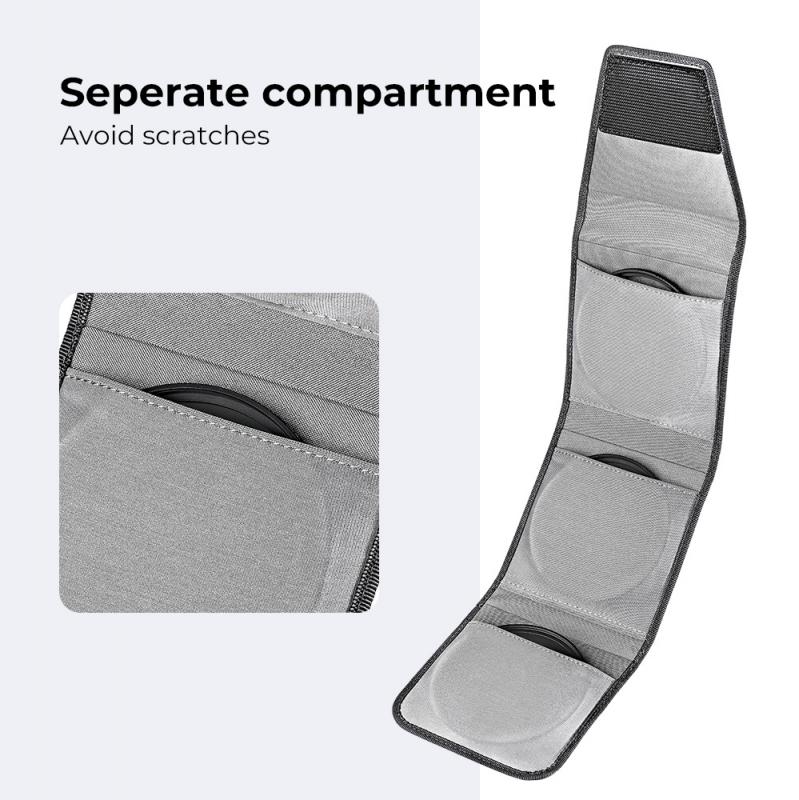
2、 Magnification power
What size telescope to see Saturn rings? The answer to this question depends on various factors, including the quality of the telescope, the atmospheric conditions, and the observer's experience. However, in general, a telescope with an aperture of at least 3 inches (76mm) is recommended to see Saturn's rings clearly.
The magnification power required to see Saturn's rings depends on the observer's preference. However, it is important to note that increasing magnification does not always result in a clearer image. In fact, too much magnification can make the image blurry and reduce the amount of light entering the telescope.
The latest point of view on observing Saturn's rings is that it is best to use a telescope with a moderate magnification power and a wide field of view. This allows the observer to see the planet and its rings in context with the surrounding stars and planets. Additionally, using a filter can enhance the contrast of the rings and make them more visible.
In conclusion, a telescope with an aperture of at least 3 inches and a moderate magnification power is recommended to see Saturn's rings clearly. However, the atmospheric conditions and the observer's experience can also affect the quality of the image. Using a filter and a wide field of view can enhance the viewing experience and make the rings more visible.

3、 Focal length
What size telescope to see Saturn rings? The answer to this question depends on several factors, including the observer's experience level, the quality of the telescope, and the atmospheric conditions. However, the most critical factor is the telescope's focal length.
Saturn's rings are one of the most beautiful sights in the night sky, and they can be seen with a telescope of almost any size. However, to see the rings in detail, you need a telescope with a focal length of at least 1000mm. A telescope with a focal length of 1000mm or more will provide enough magnification to see the rings' structure and the Cassini Division, a gap in the rings discovered by Giovanni Cassini in 1675.
The size of the telescope's aperture is also essential. A larger aperture will allow more light to enter the telescope, resulting in a brighter and clearer image. A telescope with an aperture of at least 6 inches (150mm) is recommended for observing Saturn's rings.
It's worth noting that the atmospheric conditions can significantly affect the quality of the image. On nights with poor seeing conditions, the image may appear blurry or distorted, even with a high-quality telescope. Therefore, it's essential to choose a clear and stable night for observing Saturn's rings.
In conclusion, a telescope with a focal length of at least 1000mm and an aperture of at least 6 inches is recommended for observing Saturn's rings. However, the observer's experience level and the atmospheric conditions also play a significant role in the quality of the image.

4、 Optical quality
What size telescope to see Saturn rings? The answer to this question depends on several factors, including the optical quality of the telescope, the atmospheric conditions, and the observer's experience. However, in general, a telescope with an aperture of at least 3 inches (76mm) is recommended to see the rings of Saturn.
The rings of Saturn are one of the most spectacular sights in the solar system, and they can be seen with a small telescope. However, to see the rings in detail, a larger telescope is required. The rings of Saturn are made up of countless small particles of ice and rock, and they are very thin, only about 30 feet (10 meters) thick. Therefore, a telescope with good optical quality is essential to see the rings clearly.
In recent years, there has been a lot of debate about the best telescope size to see Saturn's rings. Some experts suggest that a telescope with an aperture of at least 6 inches (150mm) is required to see the rings in detail, while others argue that a smaller telescope can also do the job. However, most astronomers agree that a telescope with an aperture of at least 3 inches (76mm) is the minimum size required to see the rings of Saturn.
In addition to the telescope size, the atmospheric conditions also play a crucial role in observing Saturn's rings. The rings of Saturn are best seen when the atmosphere is stable and clear, which is why many astronomers prefer to observe Saturn during the winter months when the air is colder and more stable.
In conclusion, to see the rings of Saturn, a telescope with an aperture of at least 3 inches (76mm) and good optical quality is recommended. However, the atmospheric conditions and the observer's experience also play a crucial role in observing this spectacular sight.






